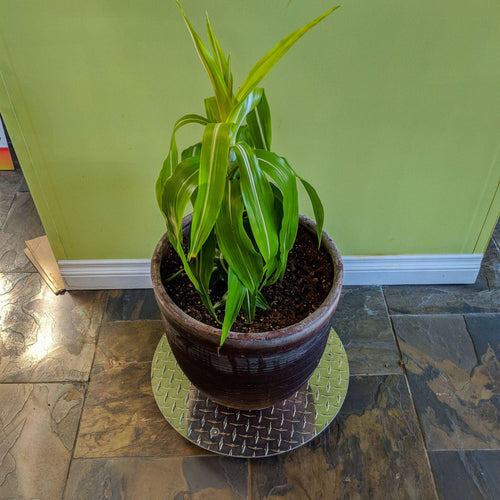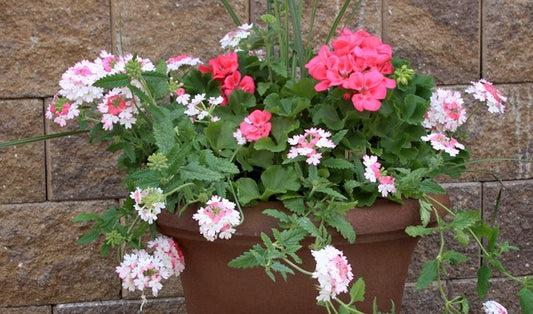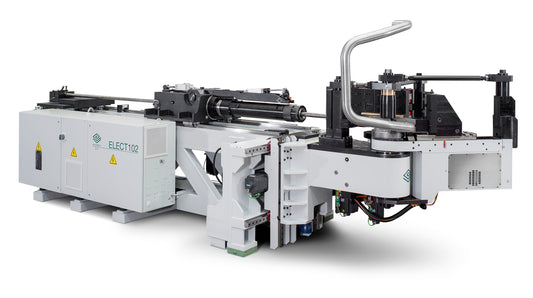Every spring more people begin their endeavor into gardening, filling their yards and homes with ornamental plants, vegetables, and fruits. With this comes an increase in people who choose to start composting piles to reap the added benefits. Building your own compost bin allows you to customize it to your space and needs.
What is Compost?
Compost, also known as “black gold”, is a soil amendment that provides remarkable benefits to both the soil and the plants growing in it. Through natural biological processes, yard and garden wastes are broken down by bacteria and turned into organic material rich in nutrients and beneficial microorganisms. that increase soil fertility and bolster healthy root development in plants. As gardeners become aware of sustainable gardening methods, more are opting to compost their own waste using the following methods and steps.
Composting Basics
To make it easy to understand, most decomposable materials (i.e. waste) are carbon or nitrogen-based (to varying degrees); in order for decomposition to occur in your compost pile, these two types of materials need to be in the proper balance.
Carbon-based materials typically consist of items that are more wood-based, or fibrous: dried leaves, branches, stems, sawdust, tree bark, corn stalks, wood ash, pine needles, peat moss. These carbon-based materials are considered “brown”. They provide food for the bacteria and microorganisms in the pile and give compost the light, airiness it’s known for.
Nitrogen materials provide the raw materials needed for all of the enzymatic reactions that will take place. These protein-rich materials are considered “green” and consist of manures, food scraps, green leaves, and grass clippings.
Appropriate ratios of materials can be achieved by adding two parts of green materials for every one part of brown. This can be achieved easily by measuring materials in a five-gallon pail.
Starting an Open Compost Bin
Starting your own compost bin entails more than throwing yard and table scraps into a heap. Open bins are a partial structure allowing for ventilation and aeration while keeping materials confined. One side is easily accessible to add materials and turn the pile.
Following the subsequent steps will aid in producing high-quality compost.
1. Clear a space in your garden, exposing the bare soil. Earthworms and microorganisms can them come out of the soil and up into the pile, to facilitate the decomposition process.
2. Construct an open bin. This step is made easy with a DIY composter bin bracket set. First determine the finished dimensions you want for the bin and then purchase enough 1” x 6” boards to cut into twenty lengths. Some home improvement stores or lumberyards will cut them for you at no extra charge. Then follow the directions to screw them into the pre-made composter bin brackets, creating a bin that stands approximately three feet tall.
3. Build a layer of straw or twigs as a base. A couple of inches helps aerate the pile and improves drainage.
4. Add layers of waste. Alternate between brown and green materials, adding one layer at a time.
5. Incorporate a nitrogen source. Nitrogen activates the pile; manure or grass clippings are good options.
6. Water the bin. Keep the compost moist by watering it periodically, or letting rainfall naturally add moisture. The materials should feel like a damp sponge, if you grab a handful, without excess water dripping out.
7. Turn the compost pile. Use a shovel or pitchfork, to mix the pile every couple of weeks. This provides oxygen to the bacteria and distributes fresh materials within the pile.
Composting Tips and Tricks
To help speed up the decomposition process and keep your composting pile running efficiently, keep in mind the following “do’s” and “don’ts”.
DO
- Chop all materials into smaller pieces if feasible. This can even be done using a push mower.
- Cover the top of the bin with a lid (plastic sheeting or plywood work well) if you live in a rainy area.
- Sprinkle in some nitrogen fertilizer if there is too much brown material in the bin.
DON’T
- Don’t let food waste sit at the top of the pile. It can attract unwanted guests such as rodents and other vermin.
- Don’t add diseased plant tissue or weeds to avoid contaminating all of the compost.
- Don’t add raspberry brambles, large sticks or branches, used kitty litter, pet waste, meat or bones, dairy products, kitchen fats or oils, and pressure treated wood.
How to Tell When Your Compost is Ready
When the composting process has progressed all the way to its finish, the resulting compost will look and feel like really, really dark soil. It will have an earthy smell and the pile will have shrunk to about one-half of its starting size. At this point, none of the original materials will be recognizable.
Once all of these things have occurred, it’s time to start incorporating the finished compost into your garden soil. It’s best to work it into the top layer of soil in the spring before planting.
Conclusion
Building your own open compost bin is a great way to turn unwanted yard and kitchen waste into a beneficial soil amendment. Following the above steps and tips and tricks will ensure the process runs smoothly and you’ll be rewarded with your own “black gold” quickly!





